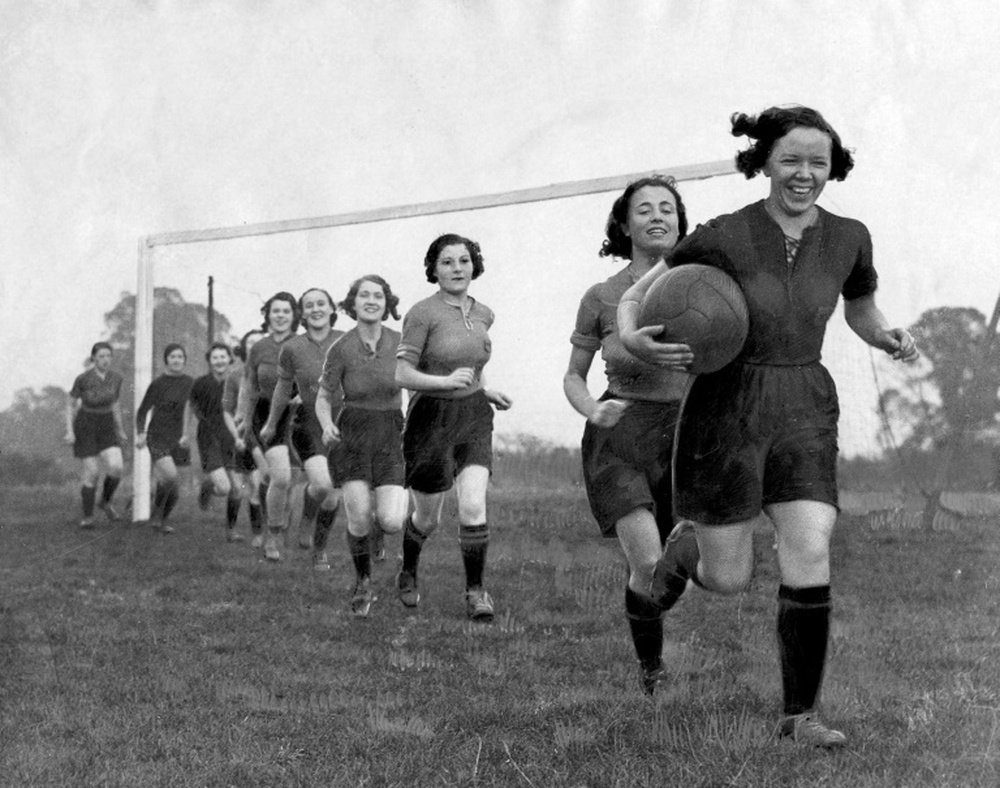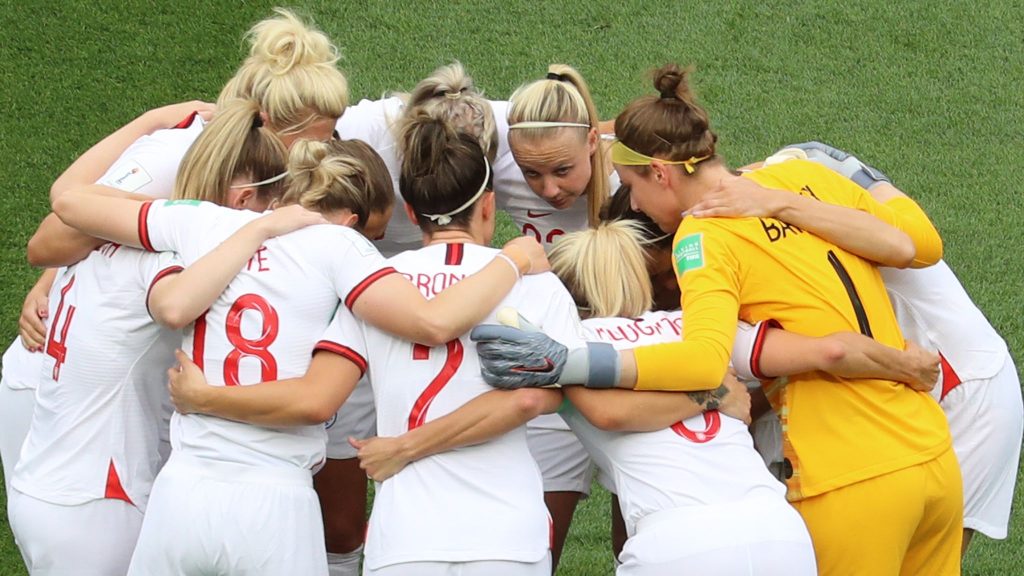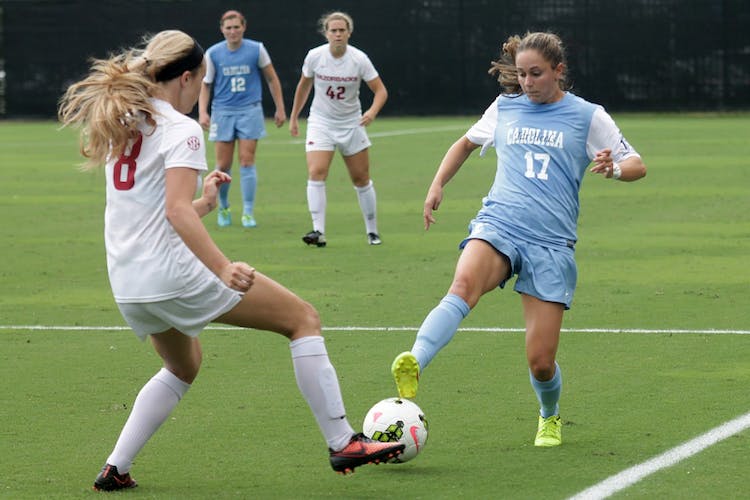Women’s football has come a long way since its early days in the late 19th century. From being banned in several countries to now having a global following and recognition, the sport has broken barriers and challenged gender stereotypes on the pitch. Let’s take a closer look at the rise of women’s football and how it has paved the way for gender equality in the sport.
The early years of women’s football
Despite having only really gained popularity in recent years, women’s football has been around for over a century. In 1895, a women’s football match was played in Scotland, and in 1920, the English Football Association banned women’s football from being played on their member clubs’ grounds. The ban was not lifted until 1971, and it wasn’t until 1991 that the first Women’s World Cup was held in China.

The rise of women’s football leagues
Since the first Women’s World Cup, the sport has gained momentum and recognition, leading to the creation of several professional women’s football leagues worldwide. The National Women’s Soccer League (NWSL) in the United States and the Women’s Super League (WSL) in England are two of the most popular and competitive leagues in the world.
In addition to these professional leagues, the sport has also gained a significant following through international tournaments such as the Women’s World Cup and the Olympic Games. The 2019 Women’s World Cup in France drew in record-breaking crowds and viewership, with over 1 billion people tuning in worldwide.
Breaking gender stereotypes
The rise of women’s football has challenged gender stereotypes both on and off the pitch. On the pitch, women’s football has proven that women are just as capable as men in playing the sport at a professional level. This has also led to a shift in how women’s sports are perceived and valued, with more recognition and respect given to female athletes.
Off the pitch, the sport has also created opportunities for women in leadership and coaching positions. The NWSL and WSL have several female coaches, and many former players have transitioned into coaching roles as well.

The impact on gender equality
The rise of the female variation of the sport has also had a significant impact on gender equality in the sport. In 2019, the US Women’s National Team (USWNT) filed a lawsuit against the United States Soccer Federation (USSF) for gender discrimination, citing unequal pay and treatment compared to the men’s team. The lawsuit sparked a global conversation on gender equality in sports and led to several initiatives to promote gender equity, such as the FIFA Women’s Football Convention.
The rise of women’s football has also inspired young girls worldwide to pursue their dreams and break gender stereotypes in sports. The sport has created role models for young girls to look up to and has paved the way for more opportunities for women in football.
Closing thoughts
The rise of women’s football has been a journey of perseverance, breaking gender stereotypes, and promoting gender equality. The sport has come a long way since its early days and has gained global recognition and following. As we continue to celebrate the accomplishments and progress of women’s football, let us also remember the work that still needs to be done to ensure equal opportunities and treatment for women in sports.
For even more content like this, check out Football (Soccer) | That’s All Sport (thatsallsport.com).






